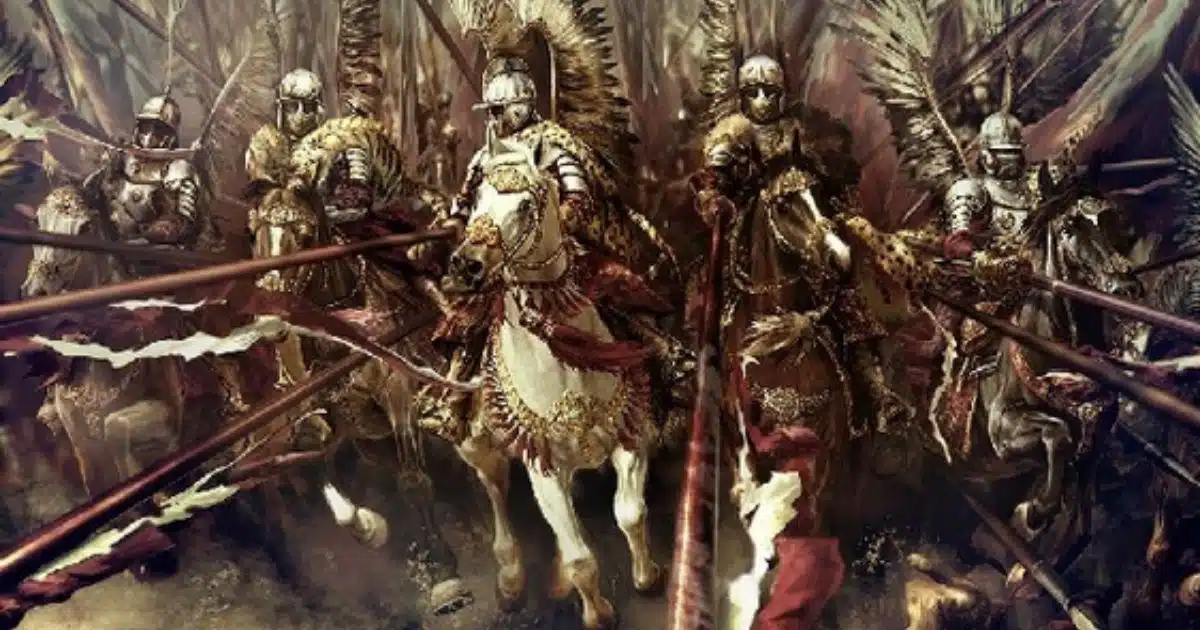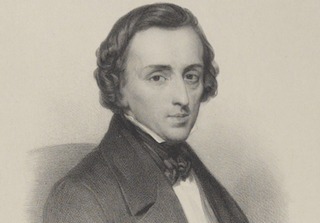The Polish Winged Hussars: A Legendary Cavalry Unit
If you have ever been enchanted by a legendary tale of heroic warriors charging into battle while wearing mighty wings on their backs, then the story of the Polish Winged Hussars is one that you won’t want to miss. Join us on an epic journey where we take a deep dive into the mysterious and awe-inspiring history behind this powerful force – from its origins at the beginning of the 16th century to its decisive role in Poland’s many battles.
So buckle up and get ready! Unraveling the mystery surrounding these magnificent medieval soldiers starts now!
Introduction to the polish winged hussars & their role in polish history
The Polish Winged Hussars were a highly skilled and elite cavalry unit in the Polish army. They were known for their unique armor, which featured large wings made of eagle feathers. This gave them a distinctive and intimidating appearance on the battlefield.
The Winged Hussars played a major role in Polish history, helping to secure many important victories over enemies such as the Ottoman Turks and the Russians. They were also involved in many of Poland’s most famous battles, including the Battle of Vienna in 1683, which was fought against the Ottoman Turks.
The Winged Hussars proved to be an invaluable asset to the Polish army and helped make it one of the strongest in Europe.

Origin of polish winged hussars & how they evolved into a powerful force on the battlefield
Husaria, or the Polish winged hussars, were a form of Polish light cavalry that was formed in the early 16th century. Their origins can be traced back to when Serbs arrived in Polish territory after their defeat at the Battle of Kosovo in 1389.
The Serbian way of fighting was adopted and developed by the Poles. They were armed with lances and sabers, and they wore armor that was designed to protect them from enemy arrows. They also wore wings on their backs, which were used as a means of psychological warfare, as the sight of the flapping feathers was intended to intimidate the enemy.
Husaria were present on the battlefield up until the mid-18th century and were considered one of the most successful cavalry formations in history.
They were used to break through enemy lines by delivering decisive strikes in the form of charges, which was a swift and violent attack by a group of horsemen.

Most famous battles of polish hussars
The polish winged hussars were famous for their bravery, courage, and fearlessness. They accomplished many incredible feats of valor in the face of overwhelming odds throughout the centuries. The most renowned battlefield accomplishments of the polish hussars include heroic performances at Kircholm, Kluszyn, Chocim, Trzciana, and the most famous battle of Vienna.
Despite being outnumbered by the enemy forces in each encounter, polish-winged hussars put up a valiant fight to secure victory thanks to their unwavering commitment and skillful tactics. Their virtue and gallantry had no rival and will forever remain part of Poland’s military heritage.
Their unique tactics & strategies of polish winged hussars
The Polish Winged Hussars remains so remarkable partly because of their strategic tactics and use of specific weapons. They pushed traditional medieval Cavalry strategies to a new level – the Hussars made use of fast horses, heavy armor, long lances, and wide wings on their backs in order to protect them from the enemy’s swords while they took down foes with their deadly military skills.
The wings were thought to cause fear in the hearts of opponents and, as such, were often used as a psychological weapon. All in all, it’s not hard to see why these brave warriors remain such an inspirational part of Polish military history!
Highlighting their legacy throughout Europe
For centuries the polish winged hussars have been a legendary part of Europe’s history and are remembered for their bravery and ferocity.
The polish winged hussars earned a reputation as one of the most powerful armies in all of Europe during the 16th and 17th centuries, leading wars, conquests and ultimately leaving an indelible mark on European history. Even now, these warriors still stand proudly throughout all parts of Europe as symbols of courage and boldness.
Though their physical presence may no longer be among us, these polish-winged hussars will continue to highlight their legacy throughout Europe for countless generations to come.




